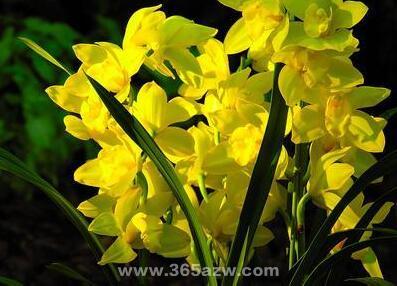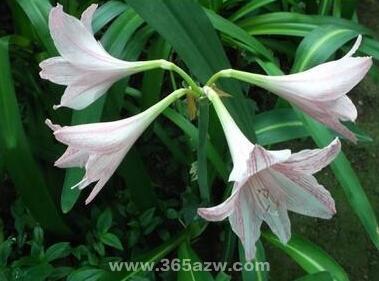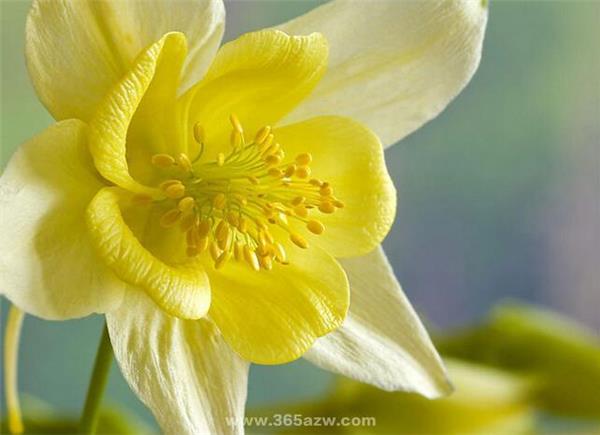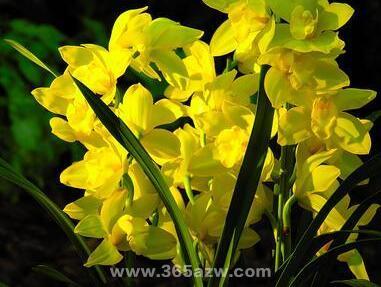Recommended methods of cultivation of golden chestnut orchid
The golden chestnut orchid is cultivated artificially as an indoor ornamental plant. What problems should be paid attention to in the cultivation of golden chestnut orchid? Next, I will introduce it to you in detail.
Ecological habits of Cymbidium chinense

Golden chestnut orchid prefers warm, moist, shady environment and fertile soil. The suitable temperature for growth is 20-25 degrees Celsius, keeping above 10 degrees Celsius in winter, potted in East China, and overwintering in greenhouse in winter.
Golden chestnut orchid was born in hillsides and valleys under dense forests, 150-990 meters above sea level, but wild ones are rare and are now mostly cultivated in various places. Like warm, humid and ventilated environment, like shade, avoid scorching sun, and require loose, fertile, humus-rich and well-drained soil.
Cultivation techniques of Chestnut Orchid
Key points of cultivation
water
The golden chestnut orchid likes to be wet, it needs to be watered every day in summer and the weather is dry. Often irrigate foliar water, control watering in rainy season, avoid stagnant water, and pour basin water when it rains.
Fertilizer
Golden chestnut orchid likes fertilizer, thin fertilizer is applied frequently, topdressing can be applied frequently at flowering stage, and it is better to dilute it with rotten cake fertilizer.
Soil
Chestnut orchid requires sandy loam that is loose and fertile, rich in humus and well drained. 20% of the river sand should be mixed with ordinary cultivated soil.
Temperature
The golden chestnut orchid likes to be warm, the suitable temperature for growth is 15 ℃ 30 ℃, and the overwintering temperature is over 5 ℃.
Light
The golden chestnut orchid likes the sun, but avoids the direct sunlight and shade in summer.

Culture method of Golden Chestnut Orchid
The pot culture soil of Chestnut orchid can be appropriately prepared with mountain mud, rotten leaf soil, peat soil, pine needle soil, plain sand soil, carbonized rice husk, vermiculite and so on. Because the plant clump is short and the growth potential is weak, it is poor to endure fertility and is afraid of being too wet, so it is necessary to master the appropriate degree of dryness and humidity in the maintenance, the air relative humidity is about 80%, and the soil water content is 25% to 30%. It is necessary to apply dilute liquid fertilizer once or twice every autumn and early spring, and it is not necessary to turn the basin and change the soil every year.
The golden chestnut orchid should be put in a shade shed or a cool and ventilated place in summer, and the transmittance is generally 30%. Water should be sprayed into the air every day before the rainy season to increase the humidity of the ambient air, but not often sprayed on the leaves, otherwise the leaves will rust and lose their luster. Florescence can be put on indoor furnishings. In the first ten days of October, the indoor maintenance overwintering, the direct light can be seen, and the minimum room temperature should not be less than 5 ℃.
The family potted plant should choose the general Milan, its florescence is long, the inflorescence is dense, the flower fragrance is like the quiet orchid, the cultivation is more common. Under the condition of family cultivation, as long as the minimum indoor temperature in winter can be maintained at least 5 ℃, it can survive the winter safely. Even if there are some fallen leaves on the top of the branches, after pruning and changing pots after the beginning of spring and strengthening the management of water and fertilizer, new leaves can be produced quickly and bloom again. Or on a particularly cold night, cover the plant with two layers of plastic bags to keep warm, and then open the bag to get some air after the temperature rises at noon the next day? If there are conditions, you can also install an electric heater indoors to warm Milan, which is put indoors, with excellent results.
The mode of reproduction of Chestnut orchid
Golden chestnut orchid commonly used striping, cuttings and ramet propagation, ramet, cuttings, strip propagation can be.
Ramet
In early spring, the temperature should not be lower than 5 ℃. In the season of plum rain, take 2-year-old strong branches 6 MUR 10 cm, take the same year's twigs and cuttings in autumn, mix the substrate with coarse river sand and rotten leaf soil, keep humidity, and take root for 40 days.
Striping propagation can be carried out all year round except for cold and hot weather.

Pressing strip
Gather together with 2 or 4 long branches in the rainy season and scratch them a little. It can be cut with the mother plant in about 2 months after burying 3MUR 4 km2, and the plant can be planted separately. The cuttings are carried out from May to July, and the shoots with internodes are selected, which are 5 meters long and 7 meters long. It took root about 30 days after insertion. Ramets are often carried out when changing pots in spring.
It can be cultivated in the open field in South China, and potted in the middle and north of China. It is moved indoors in winter to keep the temperature above 10 ℃. It was propagated by means of plant division, cuttings and striping. Ramets are mostly carried out when turning the pot after flowering, and the mature branches are cut in spring for two years, or the same year's branches in autumn.
Striping can be carried out except in the season of overheating and cooling. During the growth period, topdressing should be applied frequently, and in summer, under the shade shed, water should be watered every day to avoid direct sunlight. Turn the basin once in 2 ~ 3 years.

This is the end of the introduction of golden chestnut orchid farming. I hope it will help you.
Related
- Wuhan Hospital Iron Tree Blooming Result Was Instantly Frightened by the Gardener Master
- Which variety of camellia is the most fragrant and best? Which one do you like best?
- What is the small blue coat, the breeding methods and matters needing attention of the succulent plant
- Dormancy time and maintenance management of succulent plants during dormancy
- Minas succulent how to raise, Minas succulent plant pictures
- What are the varieties of winter succulent plants
- How to raise succulent plants in twelve rolls? let's take a look at some experience of breeding twelve rolls.
- Attention should be paid to water control for succulent plants during dormant period (winter and summer)
- Watering experience of twelve rolls of succulent plants
- Techniques for fertilizing succulent plants. An article will let you know how to fertilize succulent plants.



